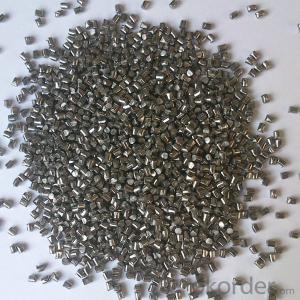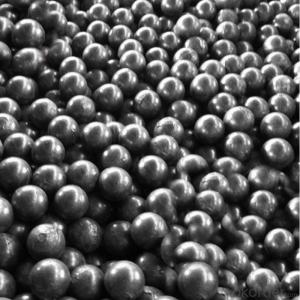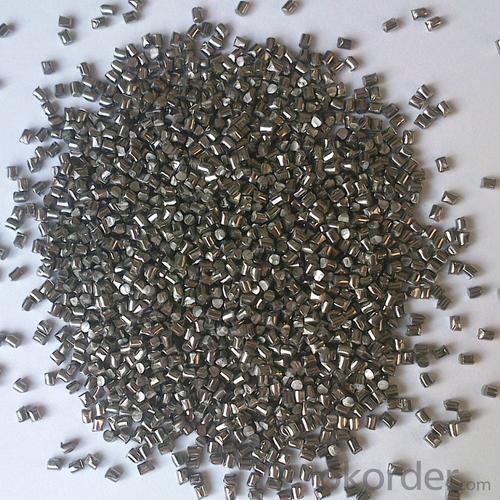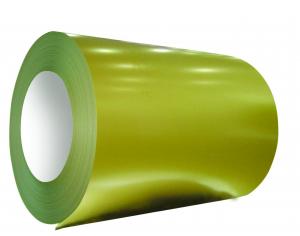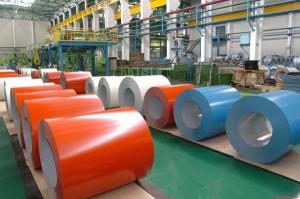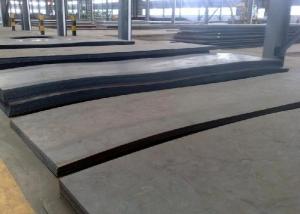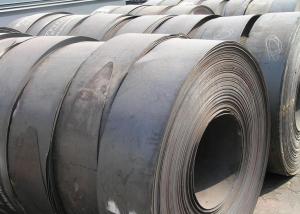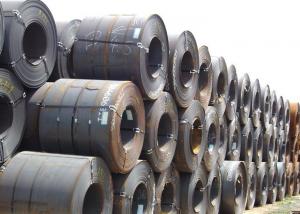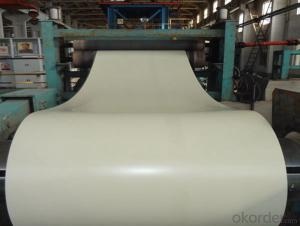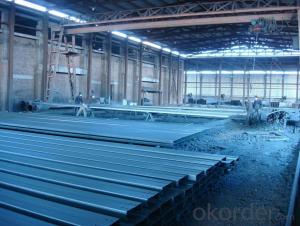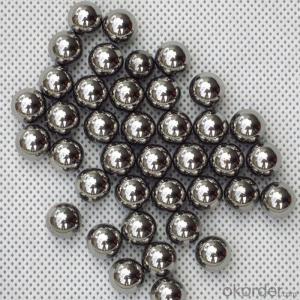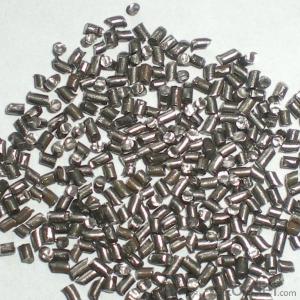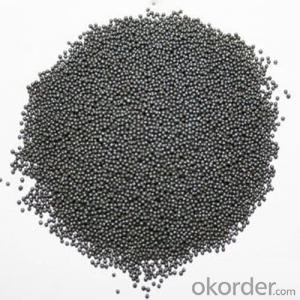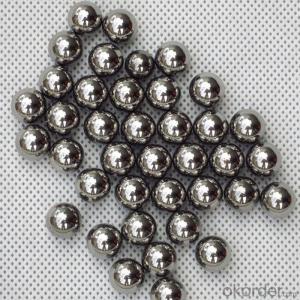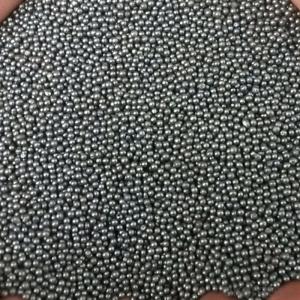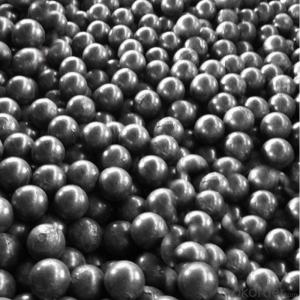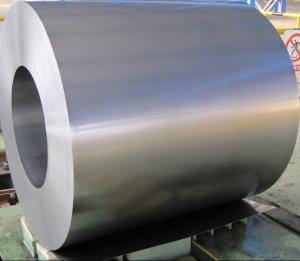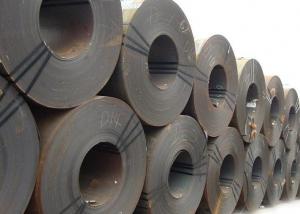G10-G120 Steel Shot with ISO9001 & SAE Made in China
- Loading Port:
- China main port
- Payment Terms:
- TT OR LC
- Min Order Qty:
- 20 m.t.
- Supply Capability:
- 10000 m.t./month
OKorder Service Pledge
OKorder Financial Service
You Might Also Like
Specification
Product Description
Product Description:
1.18 years on metal abrasives manufacturing and exporting.
2. Delivery within 15 days.
3. Full transport insurance.
4. Sell to 32 countries on 5 continents.
Product Picture:
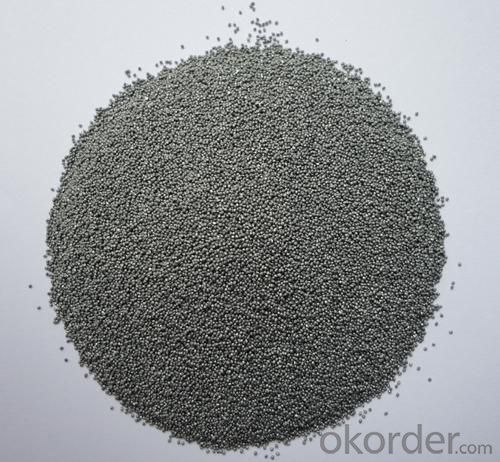
Size:
S780, S660, S550, S460, S390, S330, S280, S230, S170, S110, S70
Chemistry Composition:
| C | Mn | Si | S | P |
| 0.70-1.20% | 0.60-1.20% | 0.40-1.20% | ≤0.05% | ≤0.05% |
Average degree of hardness:
| Normal | 40-50HRC (377-509HV) |
| Special | 52-56HRC (543-620HV) |
| Special | 56-60HRC (620-713HV) |
| Minimum density | 7.4g/cm3 |
Package:
25kgs/bag, 40bags/ton/pallet
1000kgs/ton bag
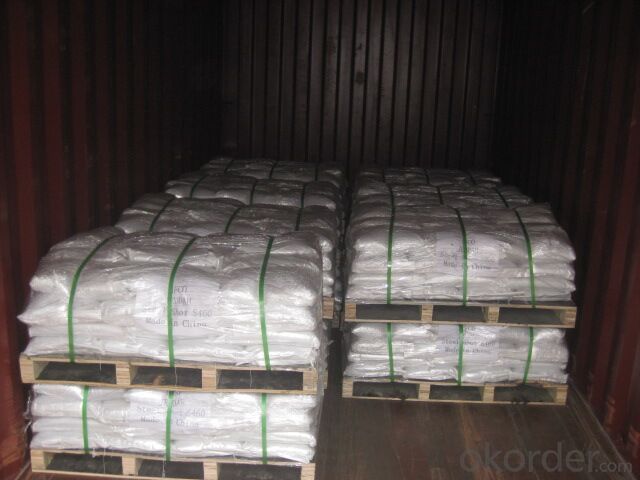
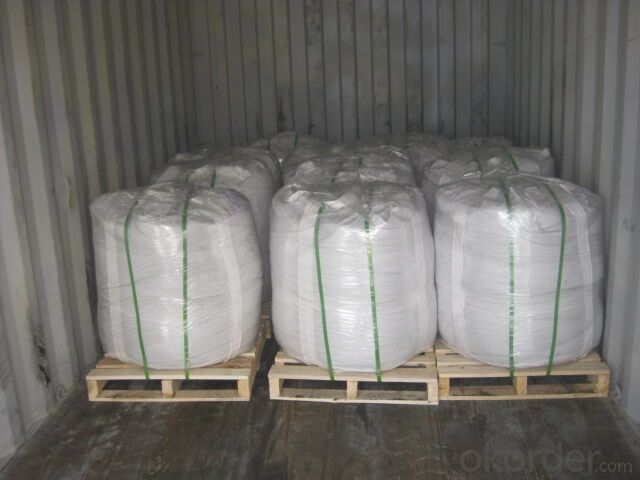
Product Standard:
SAE J827
We press American Cast steel association strictly"SFSA20-66 The Cast steel whets to anticipate the standard", American automobile engineer's association"SAE J1993Cast Steel GritThe standard", the People's Republic of China black metallurgy profession"YB/T5150-1993Cast Steel GritThe standard", the American soldier mark"MIL-S -851CTidy up and enhance to use the metals steel sand and the steel pill"and the nations standardize organization" ISO11124-3High carbon Cast steel pillCast Steel Grit Standard"the future life produce.
Product use:
Cast steel shot is wildly used for cleaning the rust of metal surface and the reinforced of metal parts. Such as Foundry Industry, Shipbuilding Industry, Container Industry, Marble Cutting, Petroleum Pipeline, Automotive Industry etc.
- Q: How is steel used in the manufacturing of oil and gas pipelines?
- Steel is commonly used in the manufacturing of oil and gas pipelines due to its exceptional strength, durability, and resistance to corrosion. It is used to construct the main body of the pipeline, providing a reliable and safe transportation system for oil and gas resources. Additionally, steel can withstand high pressure and extreme temperatures, making it suitable for the demanding conditions often encountered in the oil and gas industry.
- Q: How do steel products contribute to the transportation industry?
- Steel products play a crucial role in the transportation industry as they are used extensively in the manufacturing of vehicles, infrastructure, and components. From cars, trucks, and trains to bridges, rails, and roads, steel provides strength, durability, and reliability. It helps in constructing lightweight yet sturdy frames, bodies, and chassis of vehicles, ensuring safety and efficiency. Additionally, steel is used in the production of bearings, gears, axles, and springs, enhancing the performance and functionality of various transportation systems. Overall, steel products contribute significantly to the transportation industry by providing the necessary strength, structural integrity, and reliability required for safe and efficient movement of people and goods.
- Q: How is steel bar reinforcement used in concrete structures?
- Steel bar reinforcement is used in concrete structures to enhance their strength and durability. The steel bars, also known as rebars, are embedded within the concrete to provide resistance against tension and prevent cracking. This reinforcement technique helps the concrete withstand various forces, such as bending, shearing, and compression, ultimately increasing its load-bearing capacity and structural integrity.
- Q: How are steel profiles used in the fabrication of storage racks?
- Steel profiles are commonly used in the fabrication of storage racks due to their strength and durability. These profiles serve as the main structural components, forming the framework for the racks. They are cut, shaped, and welded together to create sturdy shelves and supports, ensuring the racks can withstand the weight of various items being stored. Additionally, steel profiles can be easily customized to accommodate different storage needs, such as adjustable shelving or specialized racks for specific products.
- Q: What are the different types of steel products used in the manufacturing of camping equipment?
- Some of the different types of steel products used in the manufacturing of camping equipment include stainless steel utensils, steel tent poles, steel camping stoves, and steel fire pits.
- Q: Can steel be recycled?
- Yes, steel can be recycled.
- Q: How is steel used in the manufacturing of packaging materials?
- Steel is commonly used in the manufacturing of packaging materials due to its strength, durability, and versatility. It is often used to create cans, containers, and drums for packaging various goods like food, beverages, and chemicals. Steel packaging provides excellent protection against moisture, light, and contaminants, ensuring the safety and preservation of the packaged products. Additionally, steel is recyclable, making it an eco-friendly choice for packaging materials.
- Q: What is the role of steel in the infrastructure development?
- The role of steel in infrastructure development is crucial as it is one of the most widely used materials in construction. Steel offers exceptional strength, durability, and versatility, making it an ideal choice for various infrastructure projects. It is used in the construction of bridges, buildings, highways, railways, and other essential structures. Steel's high tensile strength allows for the creation of large, sturdy structures that can withstand heavy loads and harsh environmental conditions. Additionally, its ductility allows for flexibility in design and construction, enabling architects and engineers to create innovative and efficient infrastructure solutions. Overall, steel plays a vital role in ensuring the safety, longevity, and sustainability of our infrastructure.
- Q: How are steel bars used in the construction of high-rise buildings?
- Steel bars, also known as rebar, are essential components in the construction of high-rise buildings. They are primarily used to reinforce concrete structures and provide the necessary strength and durability needed to withstand the immense loads and forces experienced by tall buildings. These steel bars are strategically placed within the concrete framework, creating a reinforced concrete structure that can resist bending, cracking, and collapsing under the building's weight and external pressures. The steel bars act as a backbone, distributing and transferring the loads throughout the structure, ensuring the safety and stability of the high-rise building.
- Q: What are the uses of steel in the construction of shopping malls and retail centers?
- Steel is commonly used in the construction of shopping malls and retail centers due to its strength, durability, and cost-effectiveness. It provides structural support for the building, allowing for large open spaces and flexible layouts. Steel also enables the construction of multi-level structures, including parking garages and mezzanine floors. Additionally, steel's fire resistance properties enhance the safety of these commercial buildings.
Send your message to us
G10-G120 Steel Shot with ISO9001 & SAE Made in China
- Loading Port:
- China main port
- Payment Terms:
- TT OR LC
- Min Order Qty:
- 20 m.t.
- Supply Capability:
- 10000 m.t./month
OKorder Service Pledge
OKorder Financial Service
Similar products
Hot products
Hot Searches
Related keywords
